Terry Castro is Remembered for his Originality and Giving Spirit
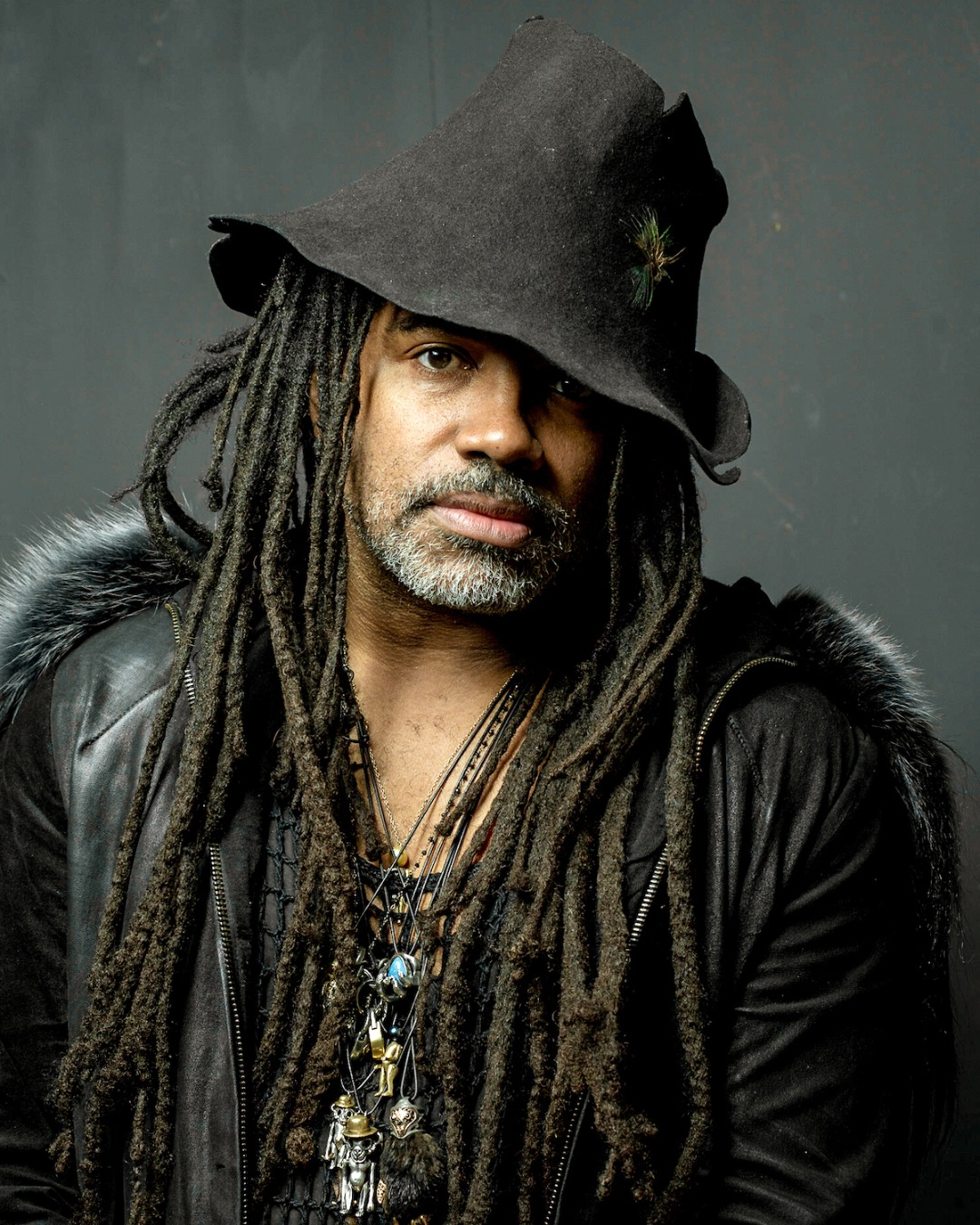
The jewelry designs by Terry Castro, known simply at Castro, are wildly creative and instantly recognizable. There are the signature monkey pendants in jeweled hats and masks with moveable limbs and the vintage porcelain dolls transformed into gothic diamond winged creatures to name a few. Like his jewelry, Castro was original and unforgettable.
When he passed away suddenly at 50 from a heart attack on July 18, Castro left behind an influential legacy. Beyond his imaginative work, he was known for encouraging and mentoring his friends (and there were many) to pursue their artistic vision and not give into commerciality. That was his lasting gift to the industry.
“Castro’s greatest influence was inspiring others to dream and create, and be true to themselves,” says Frank Everett, Sotheby’s senior vice president. Castro was part of the 21 leading Black jewelry designers in Sotheby’s groundbreaking Black & Brilliant exhibition last year curated by Melanie Grant.
With his dreadlocks, warm smile, and layers of jewelry around his neck and wrists, Castro was a much-loved recognizable figure.
“He had a big personality, so it’s no surprise that his work also had a lot of personality,” says his friend Lauren Harwell Godfrey, the creator behind Harwell Godfrey.
She says seeing how his jewelry was rooted in his personality and individual style motivated her own design direction. “It gave me permission to make work that is quirky and specific to my taste and personality and have faith that it would still resonate with a larger audience.”
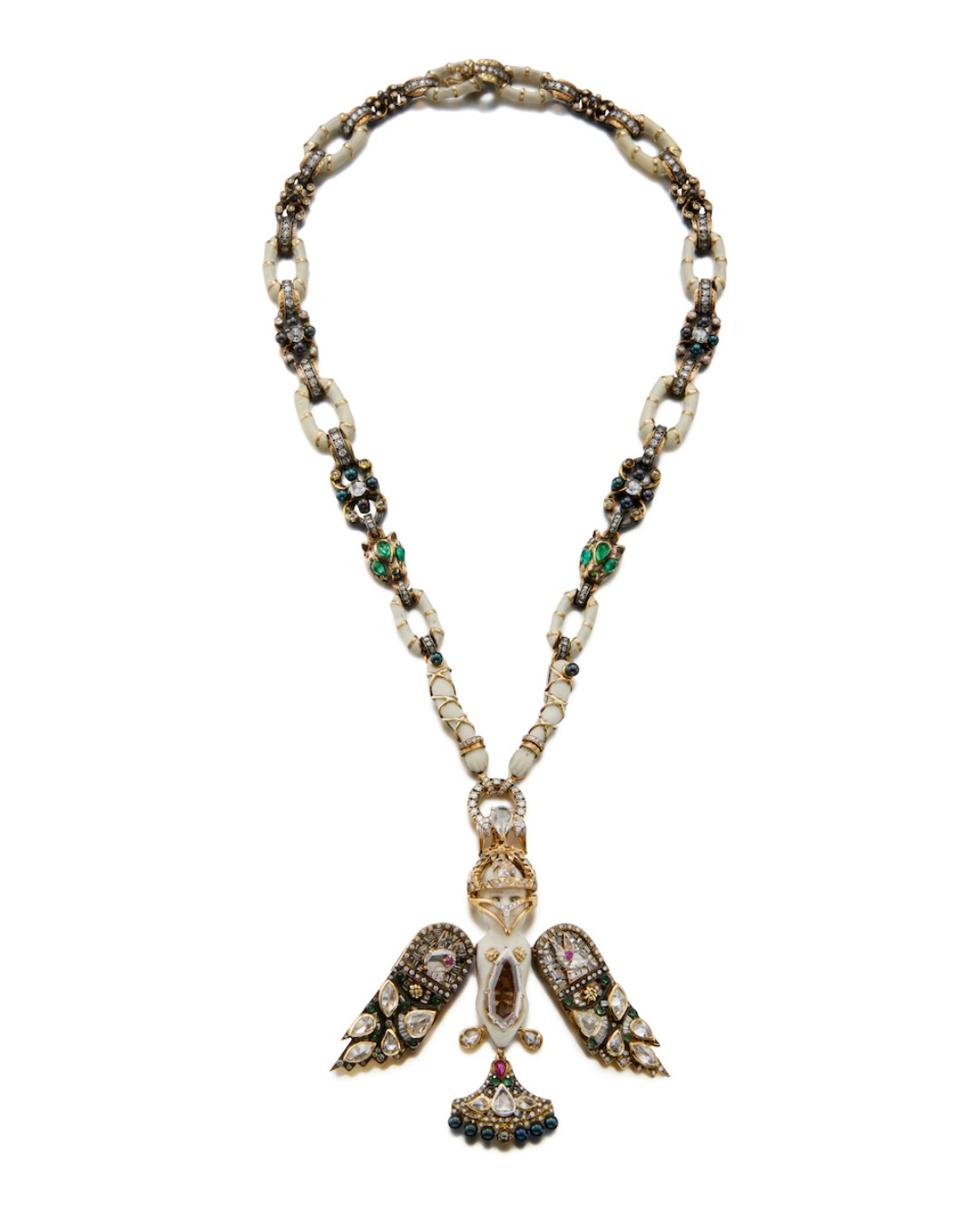
Behind Castro’s big and gregarious public personality was a serious artist and thinker. Looking at his masked figures is a metaphor for the man: “At first glance you see a smiling cat or bird or monkey, but upon closer inspection, there’s a human face behind that mask,” says Godfrey. “Those pieces say so much to me about his sense of humor and his depth as a human.”
In an interview with Marion Fasel for the Adventurine a few years ago, Castro explained the impetus behind his masked monkeys: “I like the monkeys, because I like movement of their arms and legs and the sound the jewels make when you move the parts,” explains Castro. “It is a metaphor to remind you to constantly move for circulation. It’s also the youth and movement of your life and relationships. The masks and mini hats on some of the pieces reflect the masks people wear in life.”
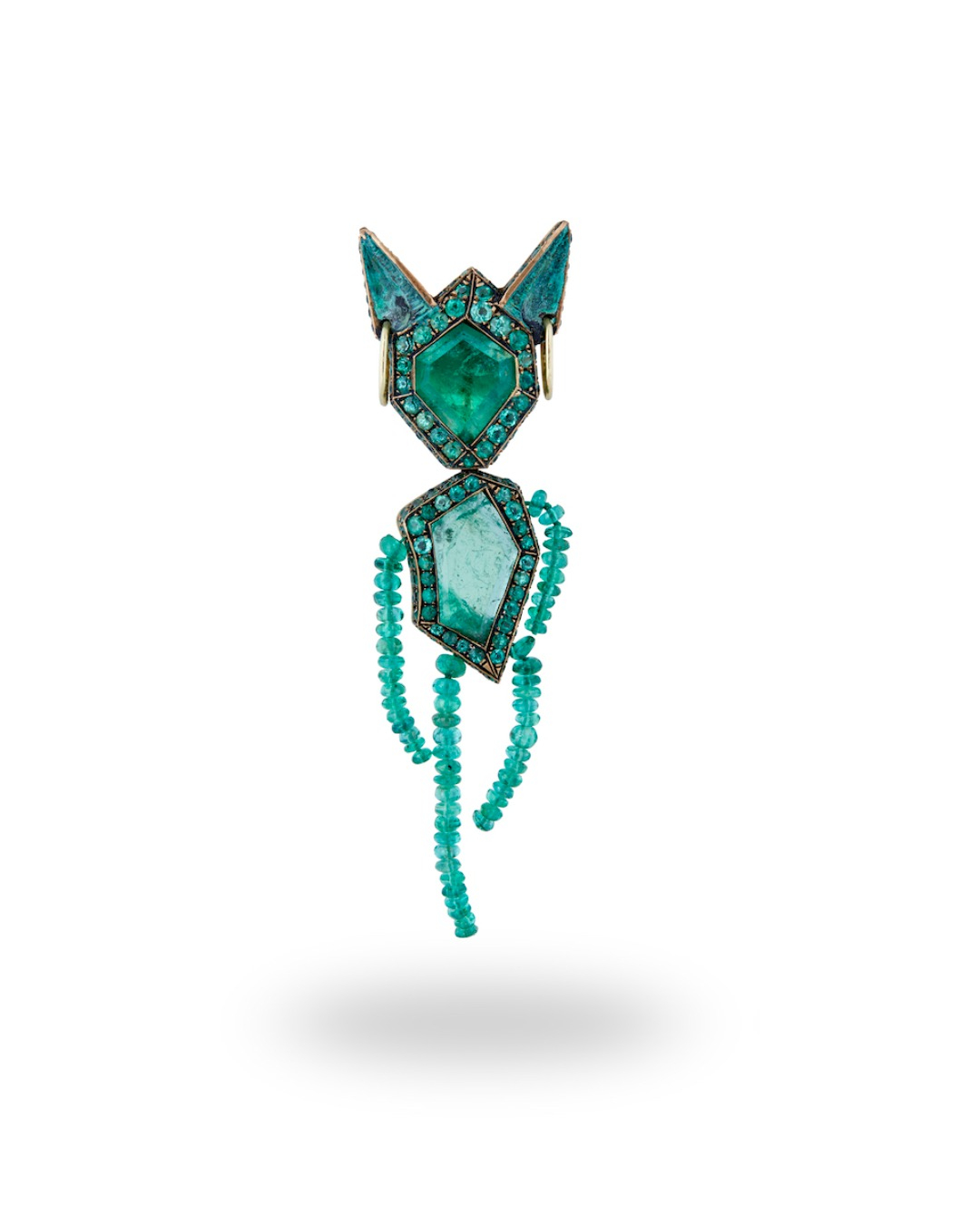
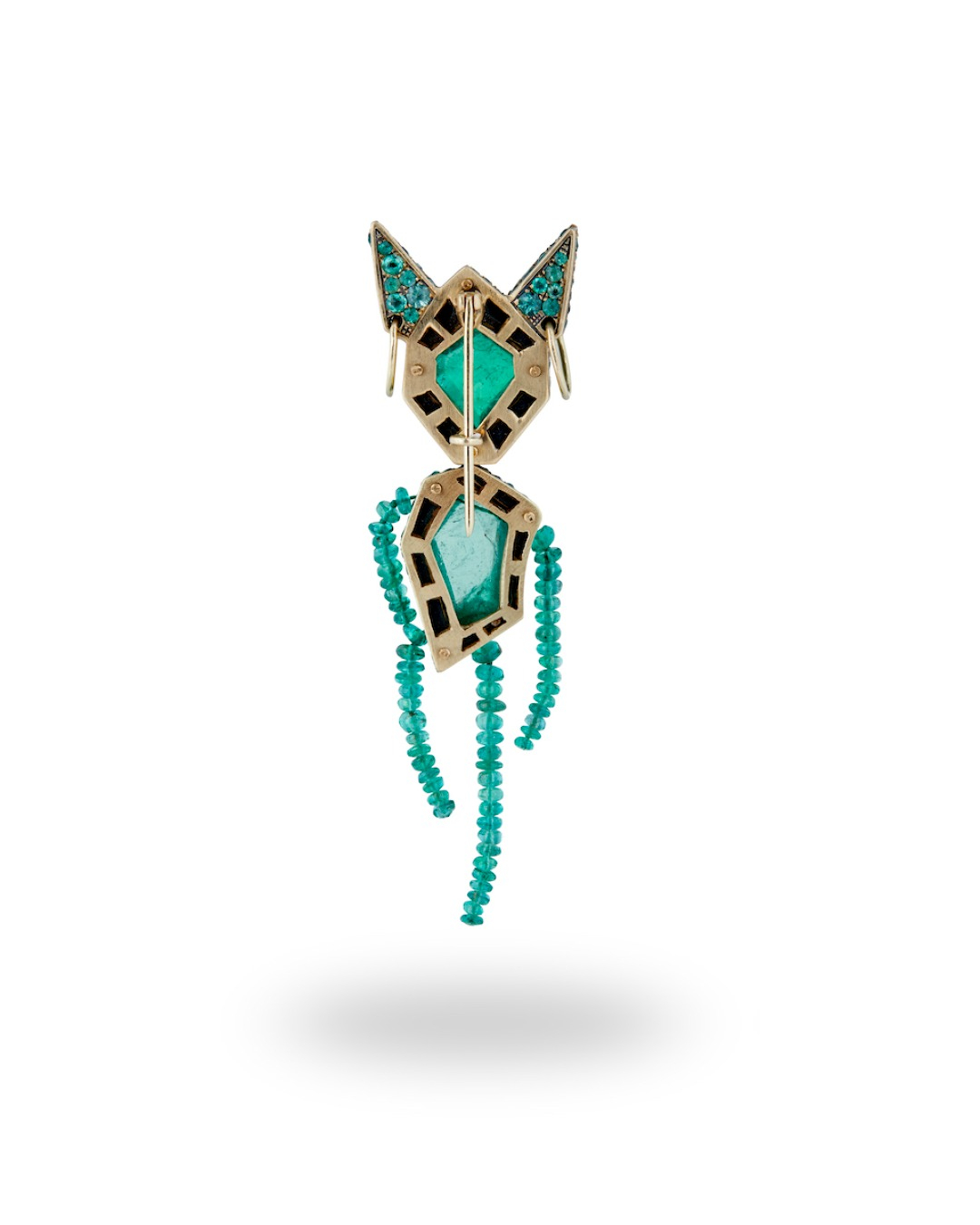
Castro’s work resonated with a wide range of people, from serious collectors to high-profile international jewelry designers.
His close friend jewelry designer Nghi Nguyen, whose collection is NN by NGHI, described his style best: “He had a singular contemporary voodoo aesthetic, a concoction of love and beauty, translated through his experiences as an African American, with soulful elements of his ancestral origin. For jewelry design it’s a call to widen up the often classic, narrow and comfortable commercial vision.”
A prolific designer, Castro’s layered, narrative pieces included a pair of cobra earrings with pearls dangling from their mouths; diamond and gem-encrusted locks; and pearls embedded with jewels in sculptural designs.
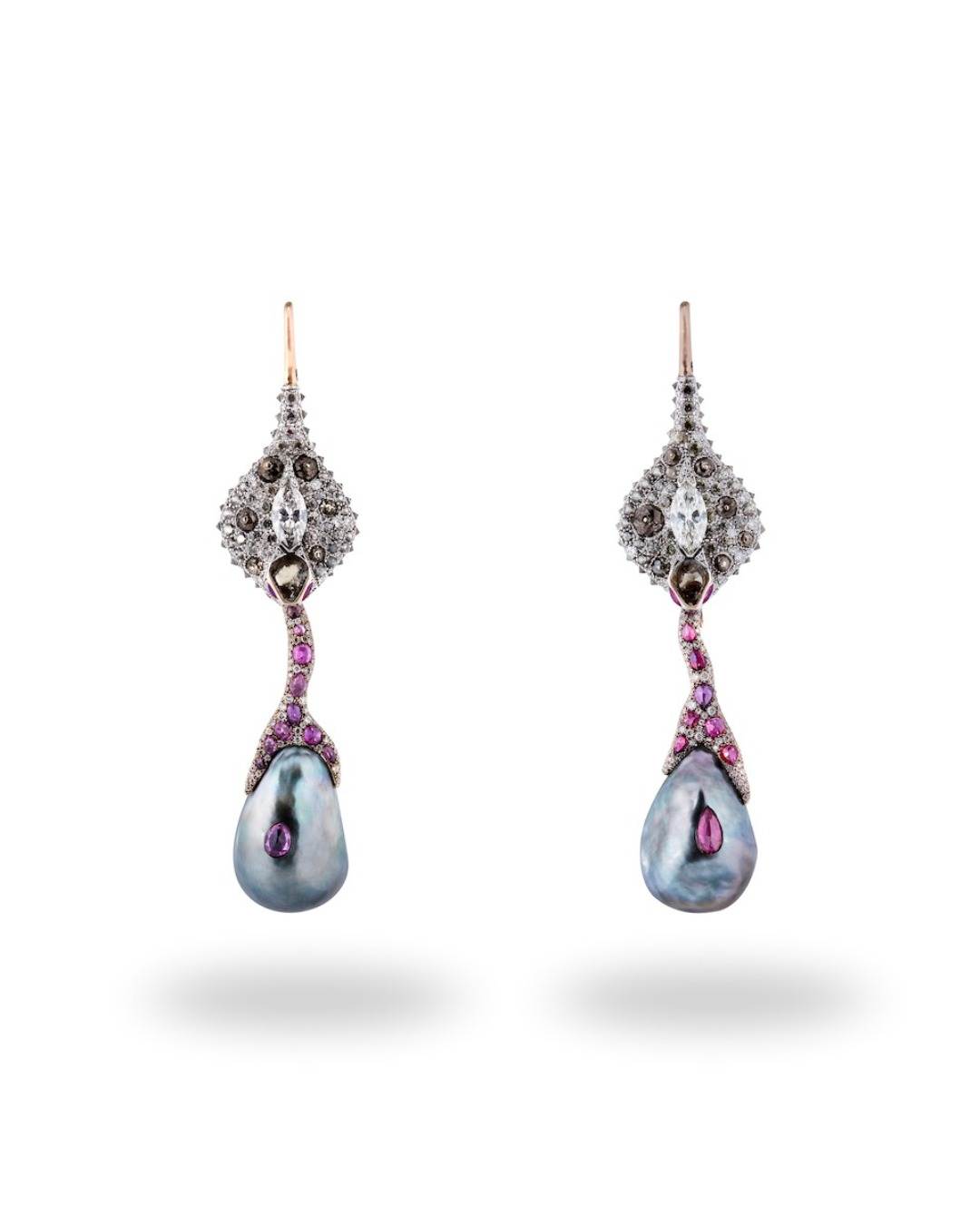
His ability to transform antique objects into fabulously creative new works of art is what made him a genius.
Everett compares the way Castro reimagined Victorian porcelain doll pieces into something entirely different similar to what Cartier did with Egyptian antiquities in the 1920s and what Hemmerle does today with antique cameos. “He recreated something from the past by bejeweling it and making it his own,” says Everett. “He put his heart and soul into every piece.”
Surprisingly, the inexhaustible artist made only 35 each year, mostly handcrafted by himself. “They all have his signature touches,” says Nguyen. “Not always perfect but very intentional.”
He approached jewelry as art, self-expression and storytelling, which imbued his pieces with a soulfulness.
“He was unconstrained by the rules of classically trained jewelers, which freed him to make his art,” says his mentor and friend Meeling Wong, a veteran jewelry executive. “This was especially inspiring to other artists of color.”
Castro’s foray into jewelry began in his native Toledo, Ohio when he took courses at Drouhard National Jewelers School. In 2006 he moved to New York and began selling his jewelry on the streets of SoHo. As his business grew, he began working in precious materials but remained under-the-radar by choice. In 2014, looking for a fresh start he moved to Istanbul where his friends say he loved the lifestyle and culture of artisan of craftsmanship.
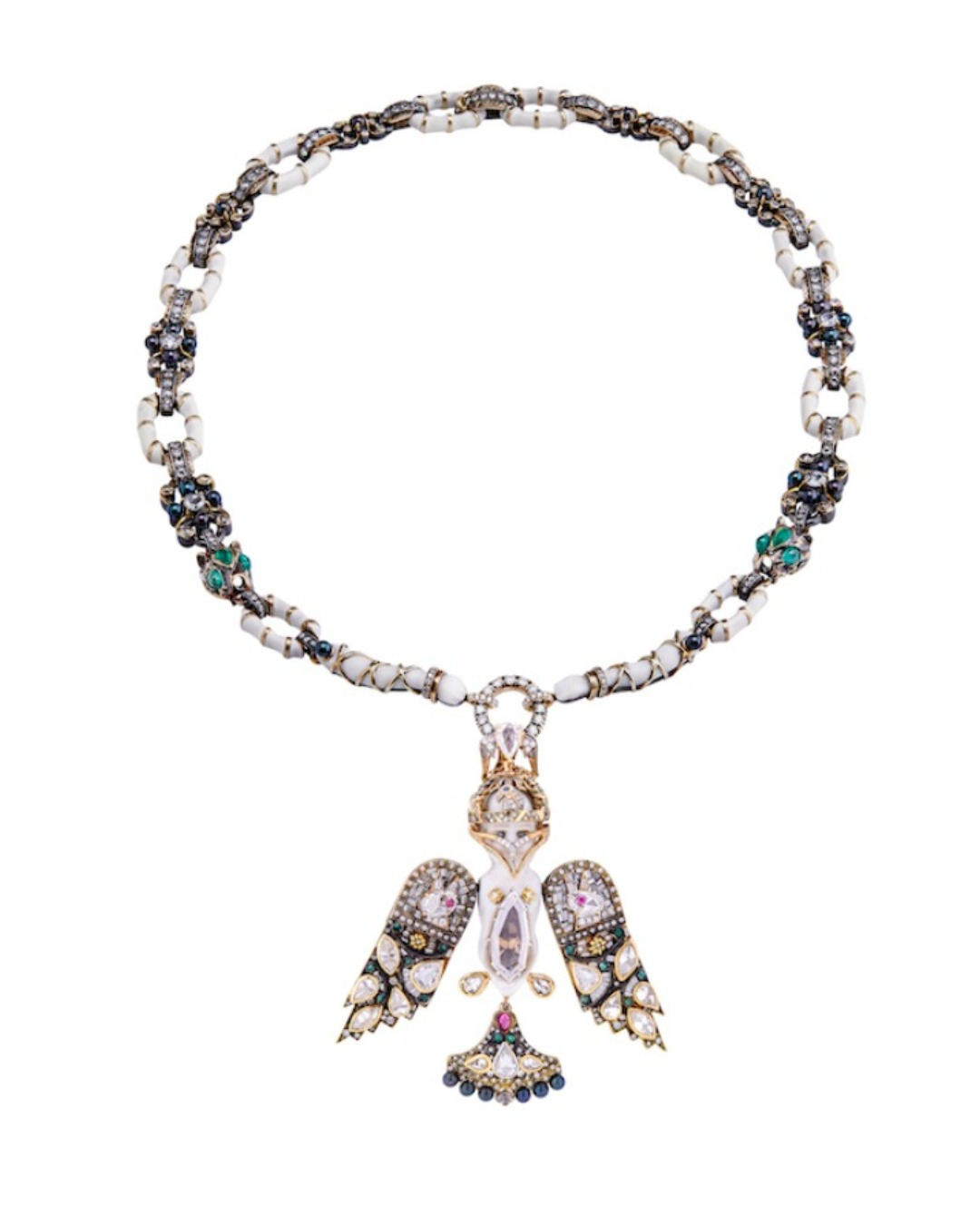
For Castro, jewelry was a form of storytelling. “I would describe his influence in jewelry design the way Basquiat influenced painting and Biggie + Tupac influenced the music industry,” says designer and friend Lorraine West. “All storytellers of truth, beauty of the light and shadow selves.”
A constant mentor and friend to many designers, especially in the BIPOC community, Castro’s influence was profound. Those include West who remembers their last conversation: “He told me to keep my eye on the prize, to stay in my lane and keep creating my way; he loved my big, bold designs and told me to keep creating from that place.”
Nguyen sums up his friend’s style in both life and business: “Hands down he was the smoothest cat and hardest working in the room. Castro was world’s first Rasta high art jewels magician.”
Castro’s son, Sir King Castro requested that condolences be sent to: 1519 Glenbrook Drive, Toledo, Ohio, 43614.
